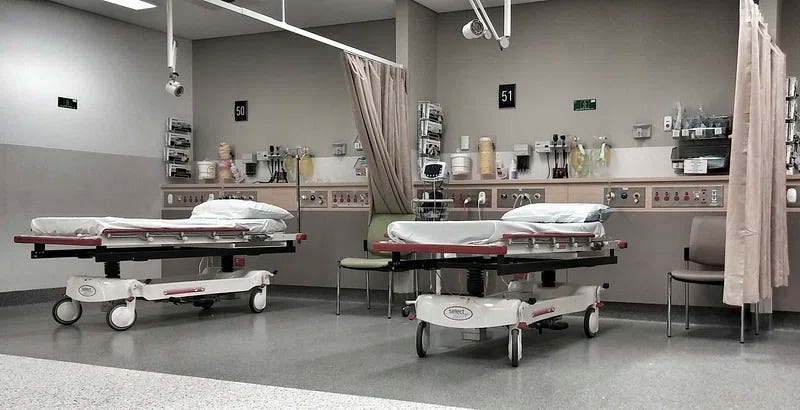When a sudden health issue arises, it can be not easy to decide where to seek treatment. Understanding the differences between urgent care and emergency rooms can help you make the right choice for your needs. Both options serve distinct roles, and knowing when to visit each can save time money, and provide the care you require.
The Difference Between Urgent Care and Emergency Rooms?
Emergency rooms and urgent care centers both provide valuable medical services, but they are designed to address different levels of illness and injury. Choosing the right option allows you to receive appropriate care while saving you time and money. Here’s a closer look at the key services each facility offers.
Urgent Care
Urgent care centers are designed to handle non-life-threatening medical issues requiring prompt attention. These could include minor injuries or illnesses that can’t wait for a regular doctor’s visit.
- Conditions Treated: Minor fractures, sprains, and strains; allergies or asthma flare-ups; cuts requiring stitches; fever or flu symptoms; mild burns or skin irritations; ear infections, sore throats, or urinary tract infections.
- Accessibility: Walk-in visits are available, making it easy to seek care without a lengthy appointment process. Appointments can also be scheduled online or by phone, depending on the facility.
- Cost and Wait Times: Visits to these care centers are generally more cost-effective than visits to the emergency room. Wait times are usually much shorter since centers are specifically designed to cater to less severe conditions.
Emergency Room
Emergency rooms in hospitals are equipped to handle severe or potentially life-threatening conditions. They are staffed with specialists and offer advanced diagnostic tools for comprehensive medical emergencies.
- Conditions Treated: Chest pain or symptoms of a heart attack; difficulty breathing; severe head injuries or trauma; uncontrolled bleeding; signs of a stroke, such as sudden numbness or slurred speech; broken bones requiring surgery; severe burns or poisoning.
- Accessibility: Emergency rooms operate 24/7 and are prepared to treat patients in dangerous conditions at any time.
- Cost and Wait Times: Due to the specialized nature of care, emergency room visits typically cost significantly more than other care options. Wait times can be longer as patients with life-threatening conditions are prioritized.
Why Urgent Care Is a Good Choice?
Urgent care centers provide a convenient option for addressing medical needs. Many offer extended hours, including evenings and weekends, to fit busy schedules. They are also a cost-effective choice. Urgent care centers deliver quality care for non-emergent situations at a fraction of the cost of an emergency room visit. With a focus on less severe conditions, they are designed to quickly and efficiently see patients to streamline the care process.
When to Visit the Emergency Room?
Some situations require an immediate trip to the emergency room. Seek emergency care right away if someone is experiencing chest pain that could signal a heart attack, severe bleeding that won’t stop, breathing difficulties that make it hard to speak or move, or any other signs of a life-threatening condition. When in doubt, it’s always better to be safe and get medical help. These symptoms can worsen quickly, and waiting could be life-threatening. Act fast, call 911, or go to the nearest emergency room immediately. Early medical intervention can save a life.
Making the Right Choice for Your Health
Access to the proper care at the right time is key for maintaining your health. Urgent centers are a quick and efficient option for non-life-threatening issues, with walk-in and appointment availability. Understanding the difference between the types of medical care available will help you choose the care that best fits your needs.

